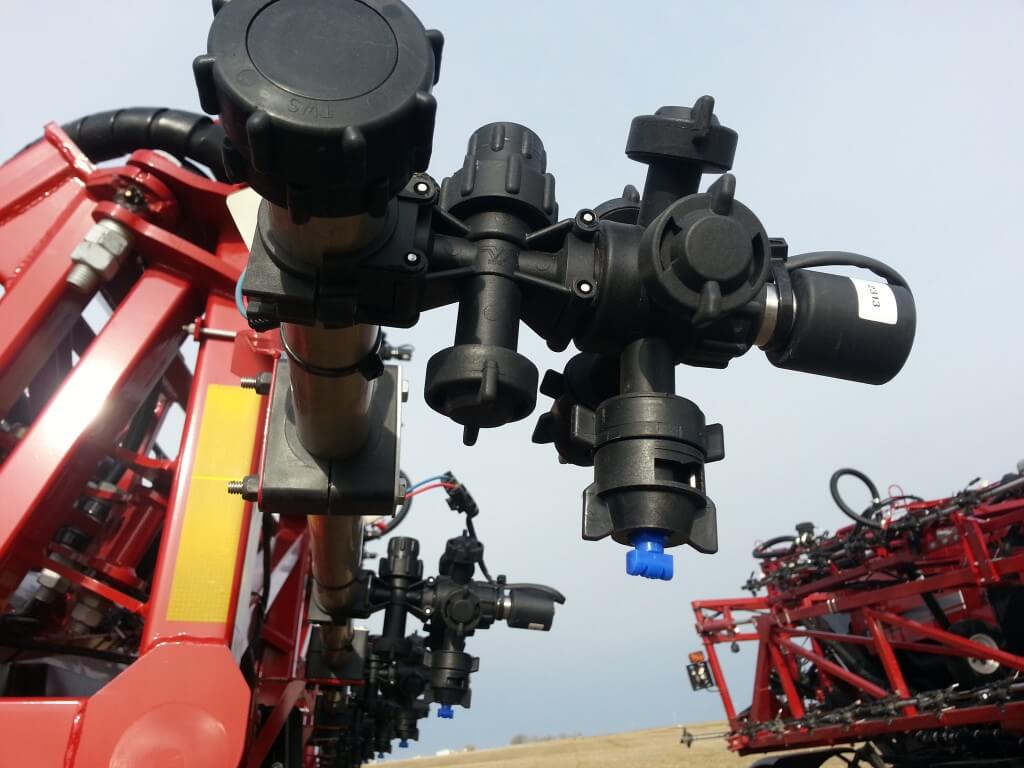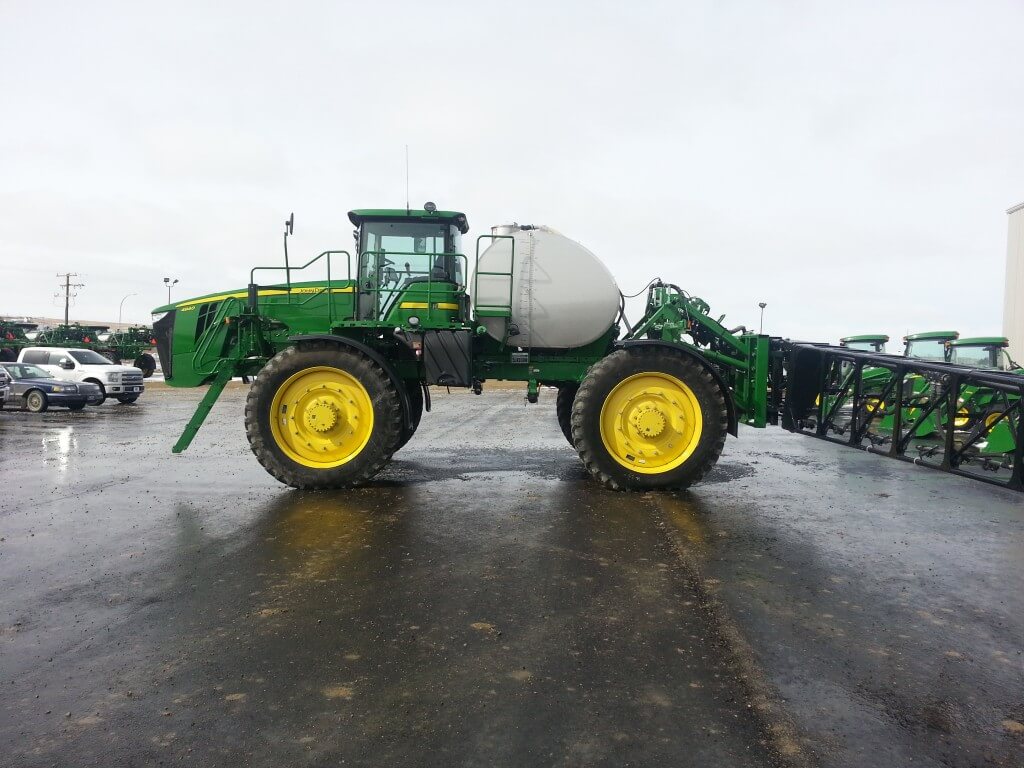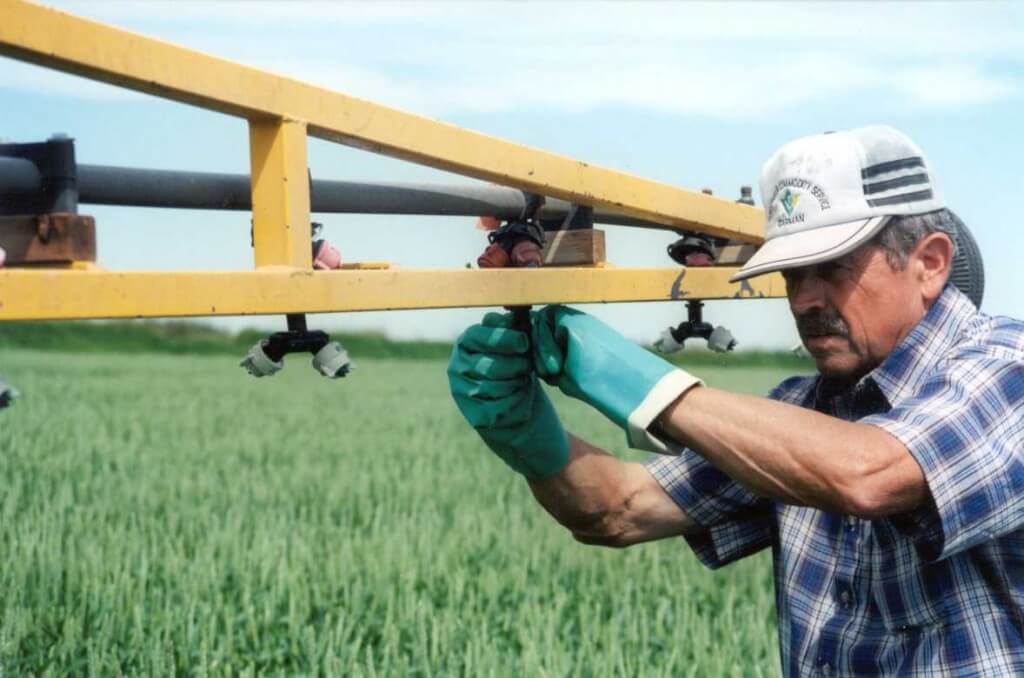
Note: This article was written before significant changes occurred in the marketplace in 2016. While it still explains how the system works, a more current account can be found here. Pulse-Width-Modulation (PWM) refers to a method for controlling the flow rate of fluids. How does it work? Does it have a fit on your farm? […]


